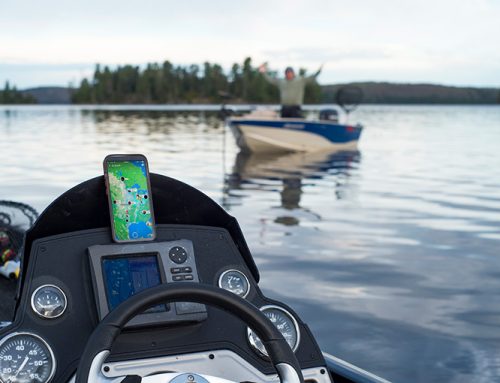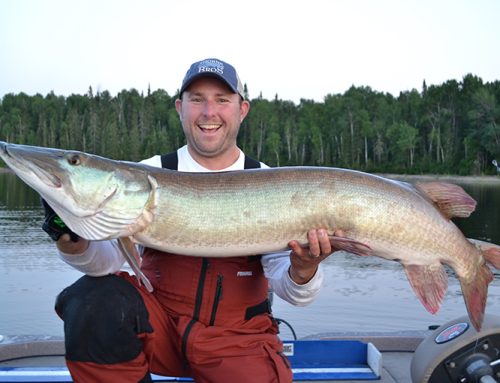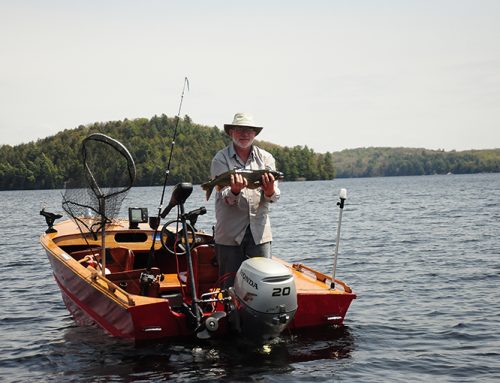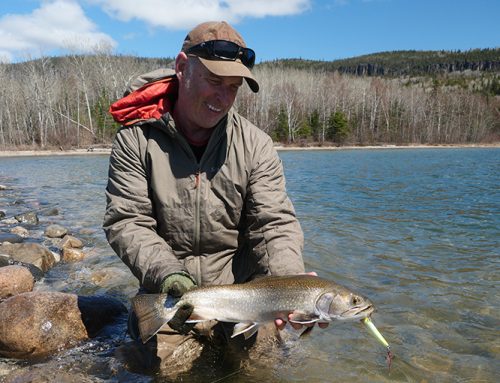Backtrolling is an effective method of boat control that is useful for many different fishing applications. It’s best suited for tiller-style boats, but can also be done with a kicker or transom-mounted electric motor. Although originally developed for vertical presentations for walleye fishing, backtrolling can easily be adapted for different species and techniques.
I spend a lot of days fishing in big tiller boats, and backtrolling is my preferred method for boat control. With a little practice, this technique will become second nature. Here are a few things to consider.
Move it
As the name implies, backtrolling is done by moving your boat backwards, with the transom leading the way.
To do it, face the back of the boat into the wind and work the motor in and out of reverse. The amount of time in reverse is determined by how fast you want to move and how much wind is pushing against the boat.
More wind means more frequent shifts into reverse and less time in neutral to keep the boat moving against the wind. With an electric motor, adjust the power setting until the desired speed is achieved.
Backtrolling along a shoreline or contour is an effective way to cover water and search for active fish and effective when casting for bass, pike, or other species. It allows you to cover water at a desired speed and prevents the bow of the boat from being pushed around by the wind.
When vertical fishing with jigs or spinners for walleye, speed should be determined by the depth you’re fishing and the weight of your presentation. To move faster or fish deeper, upsize weights to maintain bottom contact. As a rule-of-thumb, try to keep the line angle around 45 degrees to the surface of the water.
Another benefit to backtrolling is that lines move away from the motor, avoiding tangles with the propeller.
Fish finding
Once fish are located, it’s easy to hover in a small area over top of the school. To do so, use just enough time in reverse to counteract the wind and keep the boat in place. Tossing out a marker buoy for visual reference will help to stay in the right spot.
If the fish move, backtroll around the structure until you connect with them again.
Quality electronics make finding fish and staying on them easier. Use the sonar to note depths where fish are marked and caught, and backtroll within that depth range.
With vertical presentations such as jigging, mark fish and your jig together on the sonar screen. This precision tactic allows you to target specific fish while holding the boat in place.
A GPS unit allows you to record your speed and follow your tracks to repeat successful passes. Waypoints can be stored in your GPS to mark hot spots like drop-offs, humps, weedbeds, and rock piles, and you can backtroll from one waypoint to another to fish productive water.
Gear up
Adding splash guards to the transom of your boat will help prevent water from coming in during windy conditions. An electric bilge pump is also an asset when water does come over the transom.
Many new motors come with troll-down switches that allow you to micro-adjust engine RPMs, which helps achieve desired speed.
Backtrolling is an excellent technique to add to your boat-control repertoire. It’s versatile and can be used under many different conditions and for a variety of species and fishing techniques.







Leave A Comment